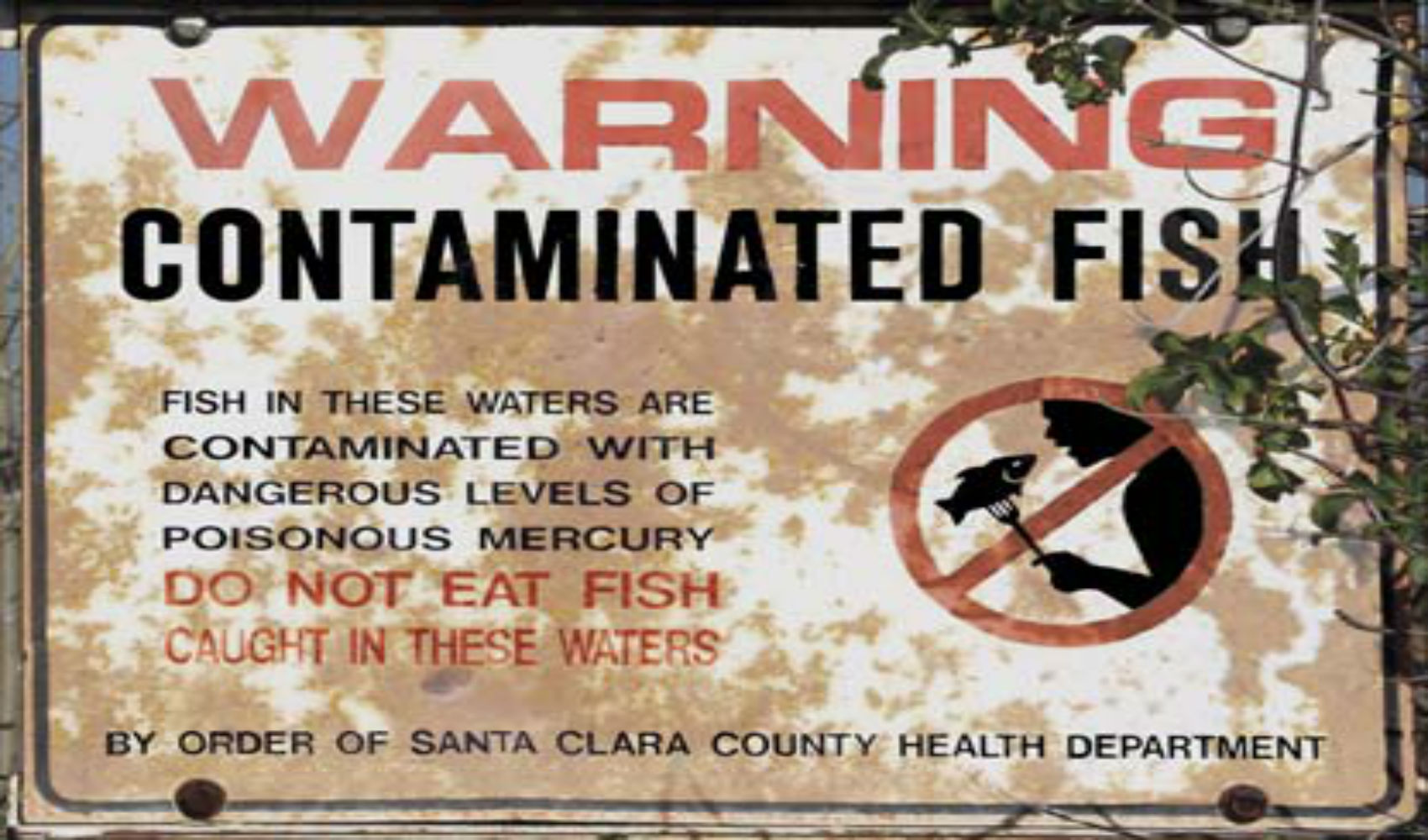Study Reveals High Toxin Exposure Risk In Young Children

What’s the Latest Development?
A study recently published in Environmental Health used data collected from a survey of California families with small children to determine how their diets, among other things, affected their exposure to toxins. Of the 364 children under the age of 7 who participated, all of them were found to have exceeded cancer benchmarks for arsenic, dieldrin, DDE and dioxins. 95 percent of those between the ages of 2 and 5 exceeded the non-cancer benchmark for acrylamide, a toxin found in some processed foods.
What’s the Big Idea?
Rather than emulate the Environmental Protection Agency’s focus on risks caused by individual contaminants, researchers at the University of California-Davis and UCLA sought to understand the cumulative risk from exposure to multiple contaminants. The study included mitigation strategies for families, such as reducing consumption of animal products and processed foods and increasing consumption of organic produce, as well as policy suggestions for how food is grown and the long-term effects of pesticides such as DDT, which was banned 40 years ago but is still present in the form of DDE.
Photo Credit: Shutterstock.com





